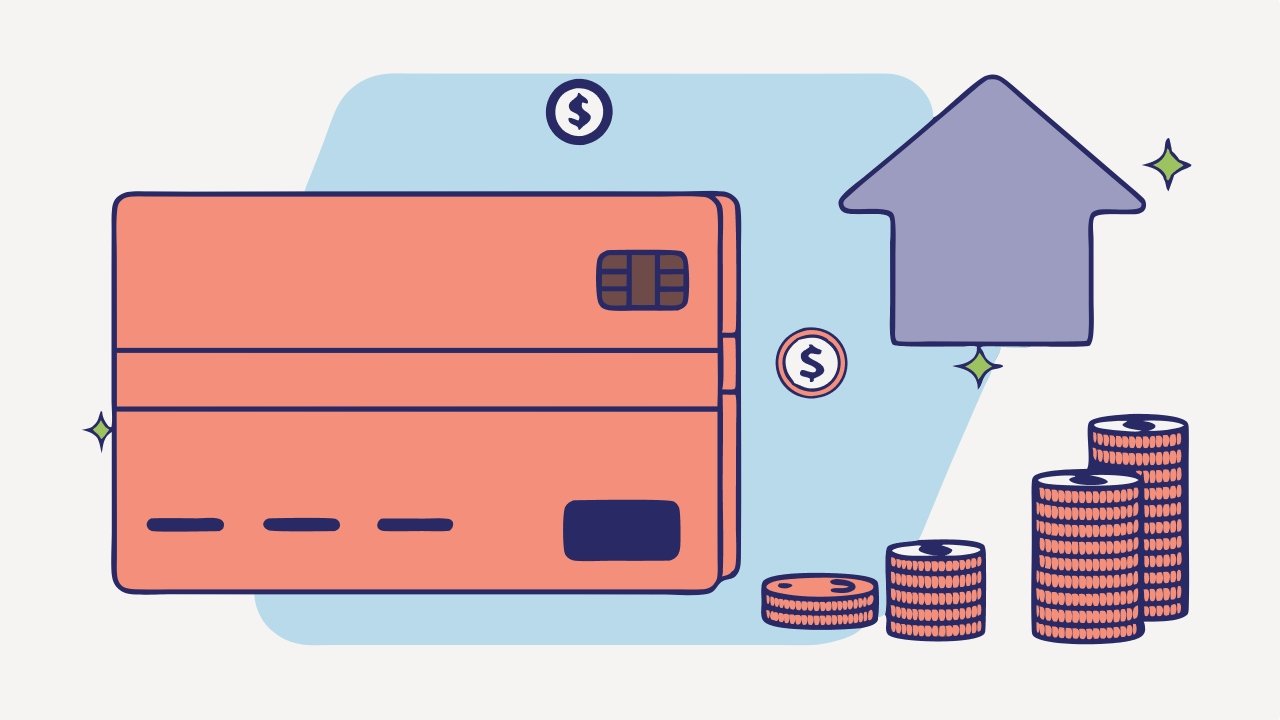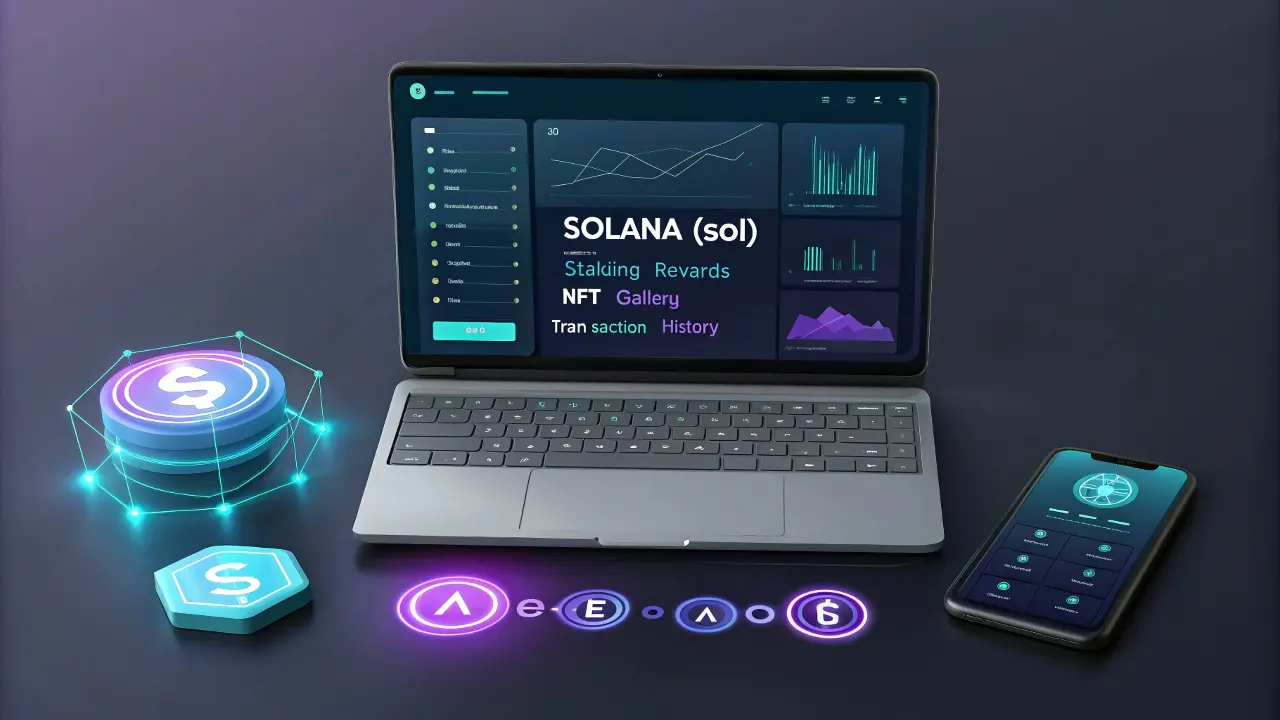How To Use Your Xbox Controller On PC (Even If You’ve Never Done It Before!)
Using an Xbox controller on a PC can completely change how you play. Whether you’re racing, fighting, or exploring open worlds, a controller feels more natural than a keyboard and mouse for many types of games. How to use your Xbox controller on PC is a question a lot of gamers ask, especially those new … Read more








